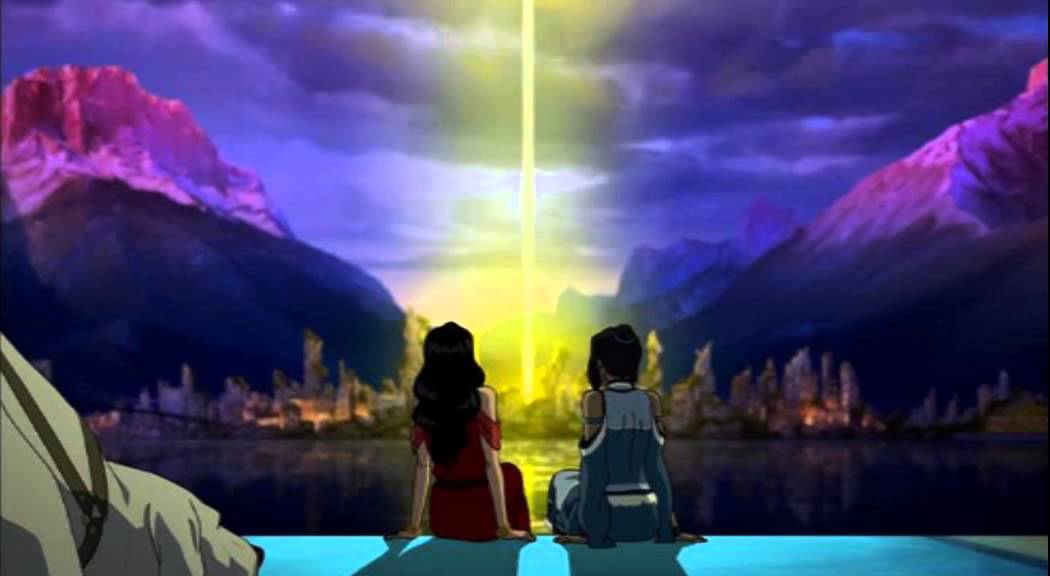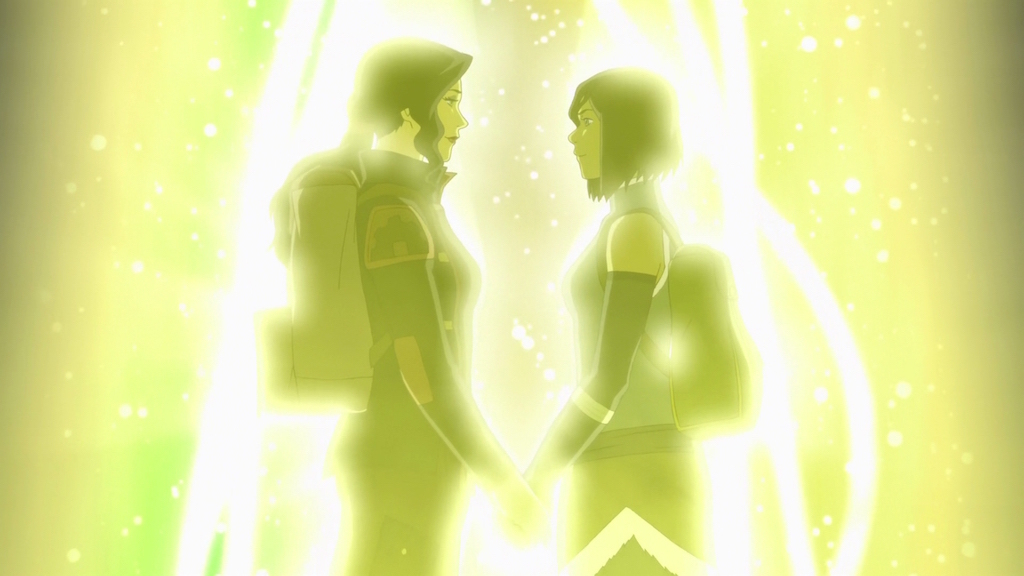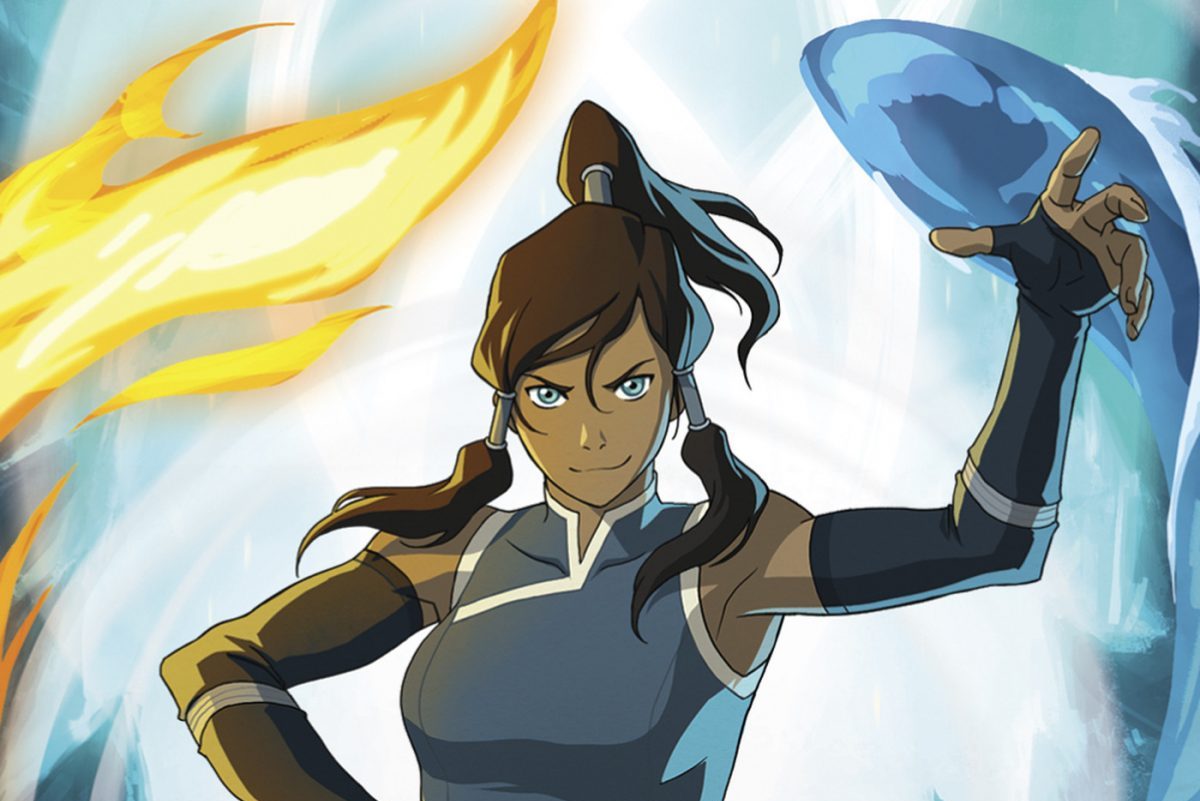Nickelodeon’s ‘Avatar: The Last Airbender,’ was very well received when it first glazed our television screens back in 2005. It was then followed by a spin-off show, titled ‘The Legend of Korra,’ which not only carried the success of the series forward but created history by portraying groundbreaking content. From its political and religious allegories to its depiction of body positivity in women, from its themes surrounding gender equality to its progressive portrayal of sex or gender, ‘The Legend of Korra’ eventually became a lot more than a kids’ animated series.
The Legend of Korra Plot Summary
‘The Legend of Korra’ is set 70 years after the closing moments of ‘Avatar: The Last Airbender.’ The titular protagonist, Korra, is an Avatar and a reincarnation of the protagonist of the main series. Being the Avatar, she helms the responsibility of maintaining peace in Republic City, which a sovereign state formed in the wake of the Hundred Year War. In the first season (or Book One), Korra joins forces with Aang’s son Tenzin and hones her air bending abilities. Using her skills, she then sets out to defeat the antagonist Amon, who leads an anti-bending group called the Equalists.
In Book Two, titled “Spirits,” Korra finds herself under the guardianship of her uncle, Unalaq, a water-bending master, who serves as the chief of the Northern and Southern Water Tribes. Unbeknownst to her, Unalaq relentlessly tries to free the spirit of darkness and chaos, Vastu, from the Spirit World and almost destroys the Republic City. Book Three, titled “Change,” brings a whole new villain at its fore—Zaheer, the leader of the anarchist group Red Lotus—and marks the inception of an epic between him and Korra. Book Three ultimately becomes the most crucial arc of Korra’s journey as it marks her first defeat.
The Ending: What it Means For Korra and Asami’s Relationship?

Both Amon and Unalaq tested Korra as a hero and even forced her to reach the pinnacle of her actual abilities. But none of them had what it takes to defeat her. Through these wins, the series establishes that Korra, as the Avatar, is unbeatable. It seems like she, too, starts believing that at one point. In contrast to this, after her defeat against Zaheer, Korra struggles to believe in herself again, and her failure comes as a shock not only to her but to everyone else on her side. While she tries her best to be in tune with herself and her Avatar again, her former ally Kuvira builds a totalitarian Earth Empire. When she confronts Kuvira, she suffers from another tragic defeat. But to her surprise, Zaheer now sends out a helping hand.
In the finale of season four’s second part, Korra and her Avatar crew try to stop Kuvira’s mecha, which is powered by spirit energy super-cannon. But knowing that the mecha is almost undefeatable, they seek help from Hiroshi Sato, Asami’s father, who suggests that they should focus on attacking the mecha from the inside. The former prisoner goes as far as giving up his own life just for the sake of helping the Avatar team and saving Republic City. His sacrifice pays off when the team finally disables the mecha and forces Kuvira to flee from the scene.
Not willing to give up, Kuvira rushes to the spirit wilds, finds a super-cannon, and tries to use it against Korra. However, to her dismay, the cannon malfunctions and explodes just after Korra saves her. The explosion releases enough spirit energy to open another portal to the Spirit World. In the end, everything ends well for Korra and the crew, and in the closing scene, Korra and Asami glare into each other’s with love and slowly drift into the Spirit World.

The closing scene of the show might seem a little abrupt as the series never directly implies that Korra and Asami are in a romantic relationship. However, if you think about it, the creators have dropped several cues throughout its runtime to support this development. It all seemingly started when Korra was at her lowest point after her defeat against Zaheer. During that time, Mako and Bolin relentlessly wrote her letters to know about her well-being, but she just wanted to be left alone for a while. And so, she never replied. However, at the same time, she only craved Asami’s presence, which helped her realize how much she appreciates her. So the ending not only makes a groundbreaking revelation surrounding the romantic relationship between its two main characters but also shows how all of it was a consequence of Korra’s previous struggles.
Korra and Asami are now shipped as “Korrasami,” and those who are still doubtful about their romantic relationship can refer to Bryan Konietzko’s explanation of the same. On his Tumblr post, the director makes it clear that the two characters did have romantic feelings for one another, and their relationship is, indeed, canon. To put it simply, with his depiction of a romantic relationship between same-sex characters, Bryan Konietzko brings a whole new meaning to Hayao Miyazaki’s quote:
“I’ve become skeptical of the unwritten rule that just because a boy and girl appear in the same feature, a romance must ensue. Rather, I want to portray a slightly different relationship, one where the two mutually inspire each other to live – if I’m able to, then perhaps I’ll be closer to portraying a true expression of love.”
Read More: The Legend of Korra Season 5 Release Date


You must be logged in to post a comment.